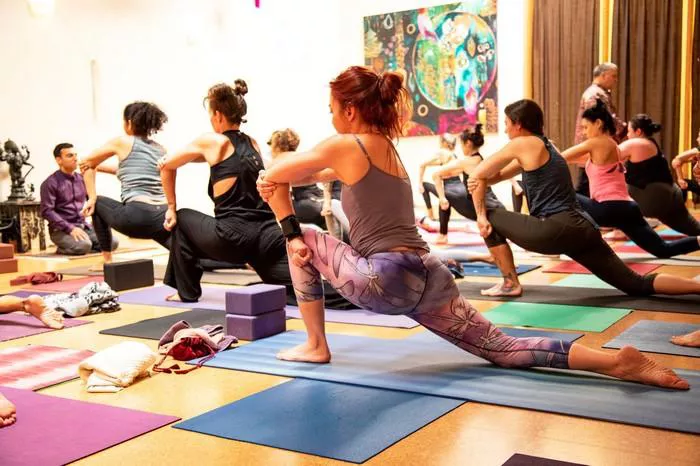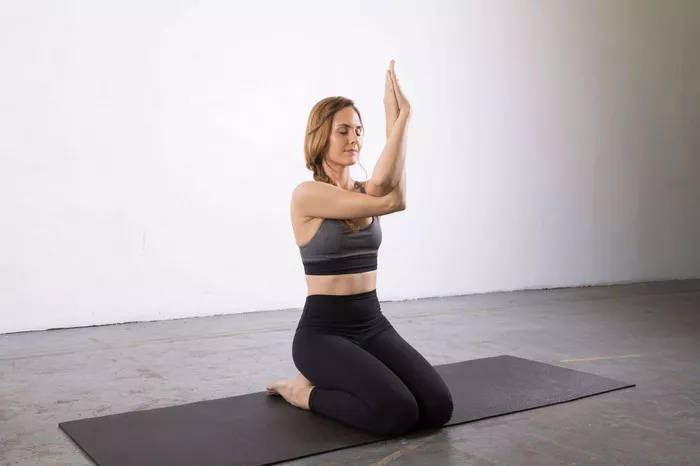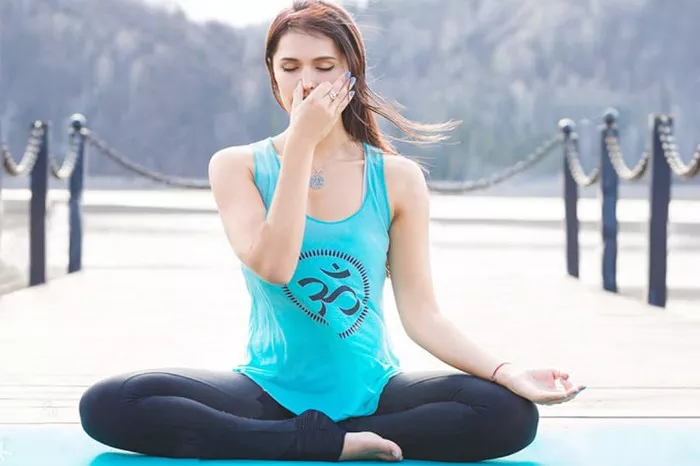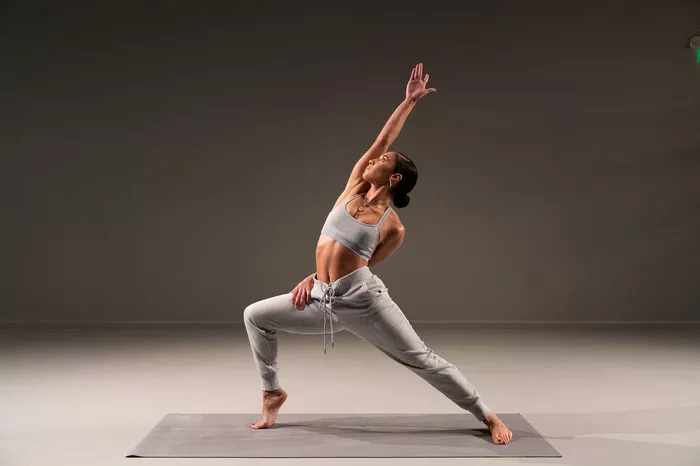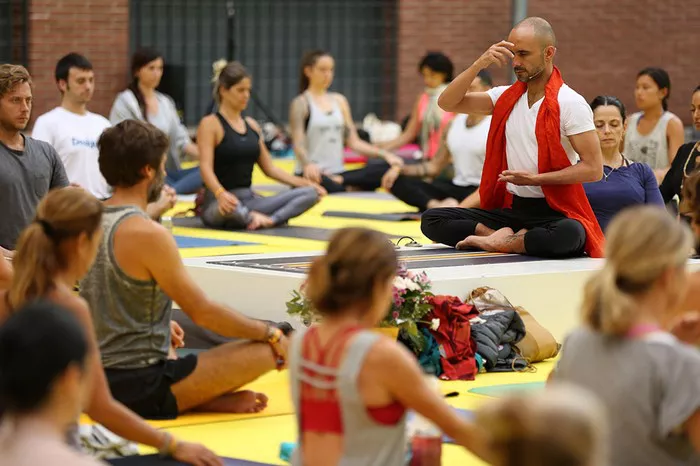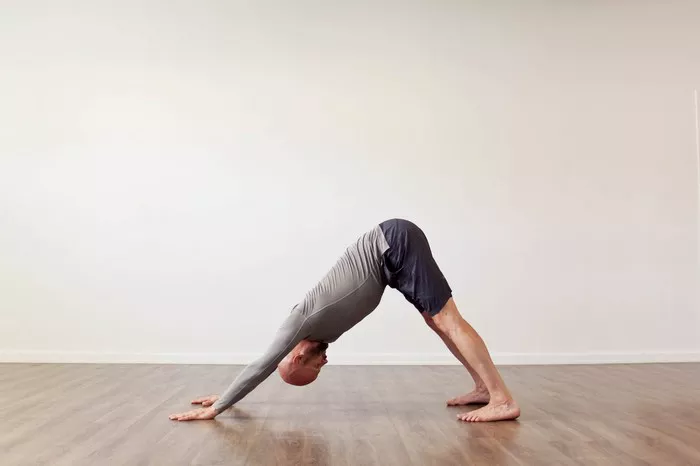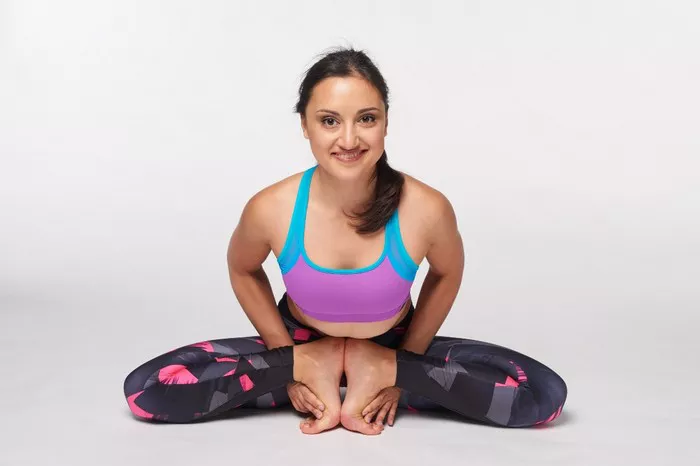Savasana, often referred to as “Corpse Pose,” is an essential and highly revered posture in yoga practice. Despite being a simple, seemingly passive pose, it holds immense significance in the practice of yoga and is often considered one of the most important asanas. While many people focus on the more dynamic and physically challenging poses—like Downward Dog, Warrior, and Tree Pose—Savasana is a gentle reminder of the importance of stillness and relaxation. However, its benefits go beyond just rest. It plays a crucial role in helping the practitioner integrate the physical, mental, and emotional aspects of their practice. In this article, we will explore why Savasana is the most important pose in yoga.
The Foundation of Savasana
Savasana is performed by lying flat on the back with legs extended, arms relaxed at the sides, palms facing upward, and the body completely still. The pose is typically done at the end of a yoga session, though it can also be practiced independently. It allows the body and mind to absorb the benefits of the practice and encourages deep relaxation.
On the surface, Savasana may seem like a simple pose that requires no effort. However, it is far more complex than it appears. In fact, the simplicity of the pose is what makes it so powerful. Savasana is the ultimate practice of mindfulness and presence. It teaches you how to be fully present in your body and to embrace stillness, which can be a profound experience in our modern world, where people are constantly on the go.
Physiological Benefits of Savasana
One of the primary reasons Savasana is so important is its ability to induce deep relaxation in both the body and the mind. After an intense yoga session that involves various physical postures, the body may experience an increase in heart rate, blood pressure, and muscle tension. Savasana offers the perfect opportunity to reverse these effects and restore balance.
Activation of the Parasympathetic Nervous System: Savasana helps activate the parasympathetic nervous system, often referred to as the “rest and digest” system. This is the opposite of the sympathetic nervous system, which is responsible for the “fight or flight” response. By activating the parasympathetic nervous system, Savasana helps to lower heart rate, reduce blood pressure, and promote overall relaxation and calm. This is essential for reducing the effects of stress and anxiety.
Muscle Recovery: After practicing asanas that engage and stretch muscles, Savasana allows those muscles to relax and recover. By lying still and focusing on the breath, practitioners encourage blood circulation throughout the body, which aids in the healing and replenishment of tissues that were worked during the practice. This recovery phase is necessary for muscle growth and overall physical well-being.
Improved Oxygen Flow: Savasana promotes a slower, deeper breathing pattern, allowing more oxygen to enter the body. This helps reduce tension and fatigue and enhances the body’s ability to recover. Increased oxygen flow also improves the functioning of the organs and supports the detoxification process by eliminating waste products from the body.
Reduction of Stress Hormones: Research has shown that deep relaxation, such as that induced by Savasana, can significantly reduce levels of cortisol, the hormone associated with stress. Chronic stress and elevated cortisol levels can contribute to various health issues, including high blood pressure, weight gain, and weakened immunity. By practicing Savasana regularly, individuals can help regulate cortisol levels and maintain a healthier stress response.
Mental and Emotional Benefits of Savasana
While the physical benefits of Savasana are clear, its mental and emotional benefits are equally significant. The practice of Savasana offers an opportunity to turn inward, to let go of mental clutter, and to find stillness in a world that is often noisy and fast-paced. It serves as a mental reset and a chance to connect with your inner self.
Mental Clarity and Focus: Savasana allows the mind to rest and recalibrate after the mental effort exerted during the yoga practice. By focusing on the breath and releasing mental distractions, practitioners can achieve a state of mental clarity. This can help improve focus, concentration, and decision-making abilities in daily life. A few minutes of Savasana can create a sense of mental calm that lasts long after the practice is over.
Emotional Balance: Yoga helps release stored emotions and traumas from the body. In the more physically demanding poses, emotional blocks may be released, and a practitioner might experience feelings of vulnerability, sadness, or even joy. Savasana acts as an emotional reset, allowing those feelings to settle. By lying in stillness, you give your emotions the space to flow without judgment, helping to restore emotional equilibrium.
Mindfulness and Presence: Savasana is a practice in mindfulness, which is the art of being fully present in the moment without judgment. In this pose, you are encouraged to simply “be” rather than “do.” The stillness of Savasana offers an opportunity to cultivate the skill of mindfulness, which can then be applied to other aspects of life. This practice of presence can reduce mental chatter and foster a deep sense of peace.
Release of Negative Thoughts: Savasana provides the perfect environment to release negative thought patterns. In this state of relaxation, thoughts naturally slow down, and the mind begins to clear. This quiet space is an opportunity to let go of worries, fears, and anxieties. Through consistent practice, this release of negativity helps foster a positive mindset and greater emotional resilience.
The Spiritual Importance of Savasana
In addition to its physical and emotional benefits, Savasana also plays a vital role in the spiritual aspects of yoga. While yoga is often seen as a physical practice, it is ultimately a journey of self-awareness and self-realization. Savasana offers a space to connect with your true nature beyond the body and mind.
Connection with the Present Moment: One of the core tenets of yoga is living in the present moment. Savasana, through its stillness and mindfulness, provides the ideal opportunity to practice this. By simply lying in the present moment, you learn to detach from the past and future and to experience life as it is, in the here and now. This spiritual awareness fosters a sense of connection to the universe, creating a deeper sense of peace and acceptance.
Deepened Awareness: Savasana invites you to cultivate a deep, introspective awareness. When the body is still, the mind has the space to become more attuned to subtle sensations, emotions, and thoughts. This heightened awareness can lead to a more profound understanding of oneself and a greater connection to the divine or universal energy that runs through all living beings.
Energy Integration: In traditional yoga philosophy, it is believed that the practice of yoga helps to awaken and balance the flow of energy, or prana, within the body. Savasana allows the practitioner to integrate the effects of the practice by calming and centering the energy, leading to a sense of wholeness and vitality.
Achieving Inner Peace: Ultimately, Savasana is a practice of surrender. In this pose, the practitioner lets go of all expectations, effort, and striving. It is a state of complete surrender to the present moment, allowing the body, mind, and spirit to come into alignment. This surrender is not a weakness but a strength, as it enables one to connect with their true essence, beyond the ego and external distractions.
Savasana and the Mind-Body Connection
Another key aspect of Savasana is its ability to strengthen the mind-body connection. During a yoga practice, the body and mind are constantly interacting, but the pace of the practice can sometimes create a sense of separation between the two. Savasana bridges this gap by inviting the practitioner to experience the body in a more subtle and integrated way.
In Savasana, the body is fully relaxed, yet the mind remains alert and aware. This dual awareness of the body’s sensations and the mind’s stillness cultivates a deeper connection between the two. Practicing Savasana regularly helps develop the ability to maintain this mindful presence even during daily activities, leading to improved posture, reduced stress, and a greater sense of harmony between the body and mind.
The Role of Savasana in a Yoga Class
Savasana is often the final pose in a yoga session, and this timing is deliberate. After a series of dynamic movements and postures, Savasana allows the body and mind to absorb and consolidate the effects of the practice. It helps to prevent the practitioner from rushing out of the room or returning to the busyness of daily life without integrating the benefits of the session.
Savasana also offers a moment of gratitude. It allows time to reflect on the practice, acknowledge the effort made, and honor the body’s abilities. For many, Savasana is a sacred moment, where they can express thanks for the opportunity to practice yoga and for the lessons learned during the session.
Conclusion
Though seemingly simple, Savasana is a profound and transformative practice that offers numerous benefits for the body, mind, and spirit. It allows for physical relaxation, emotional release, mental clarity, and spiritual connection. By integrating Savasana into your yoga routine, you are not only enhancing your physical practice but also cultivating inner peace, mindfulness, and a deeper connection to yourself.
So, the next time you settle into Savasana at the end of your practice, take a moment to acknowledge the importance of this seemingly passive pose. Remember that it is in this stillness where the true magic of yoga happens—where all the benefits of your practice come together and settle into your being. Savasana is not just a rest; it is an essential part of the journey toward holistic health and well-being.
Related Topics:

